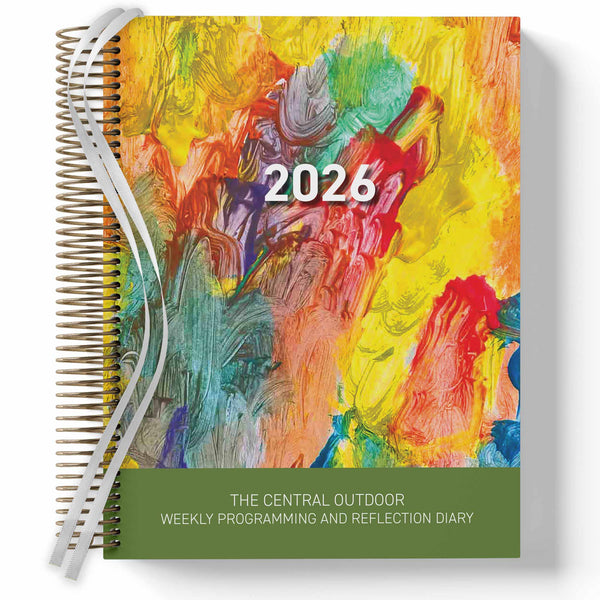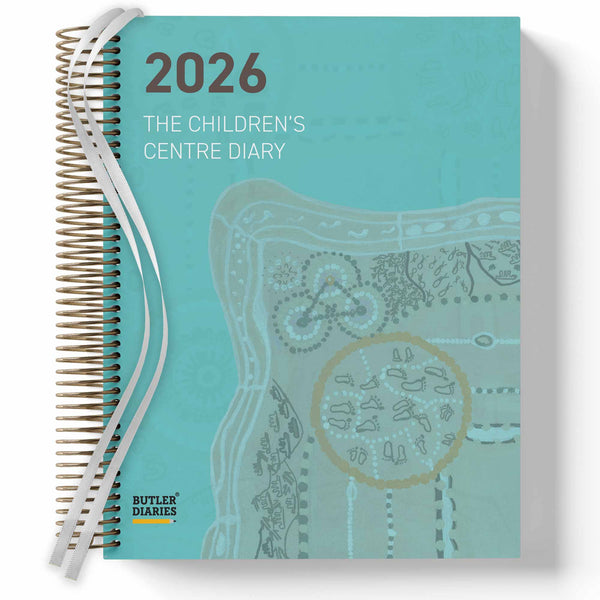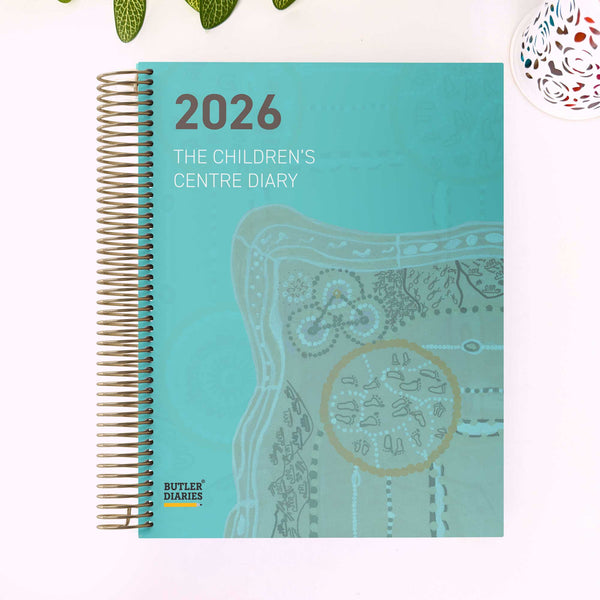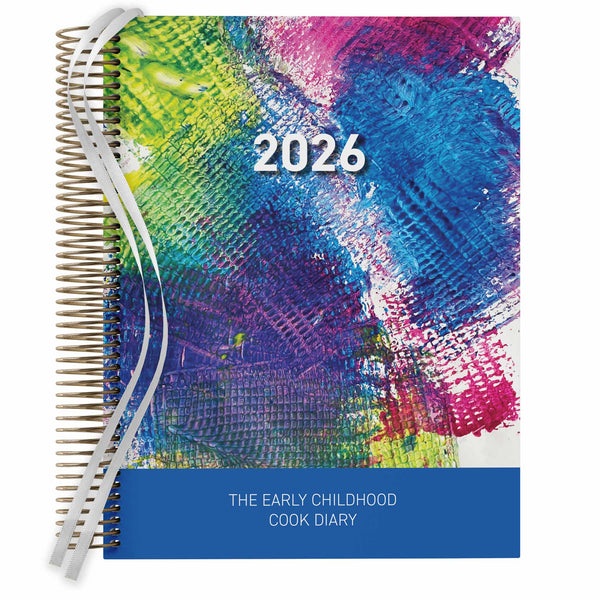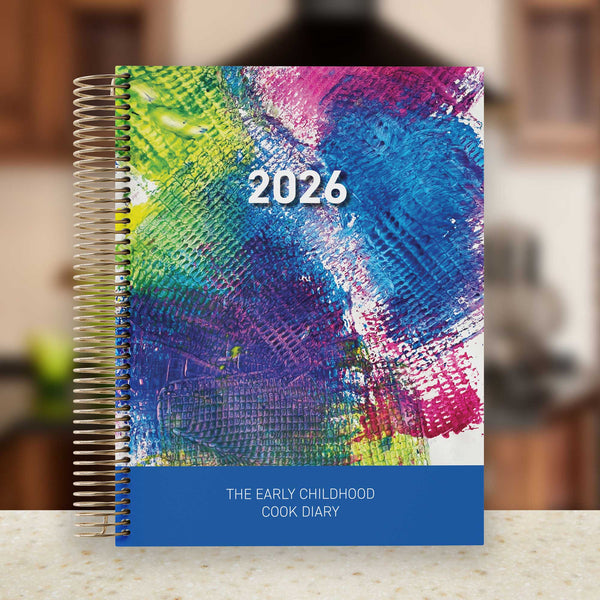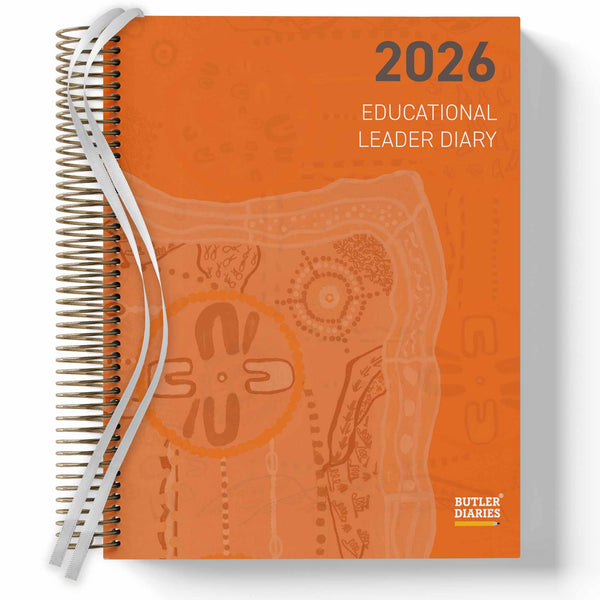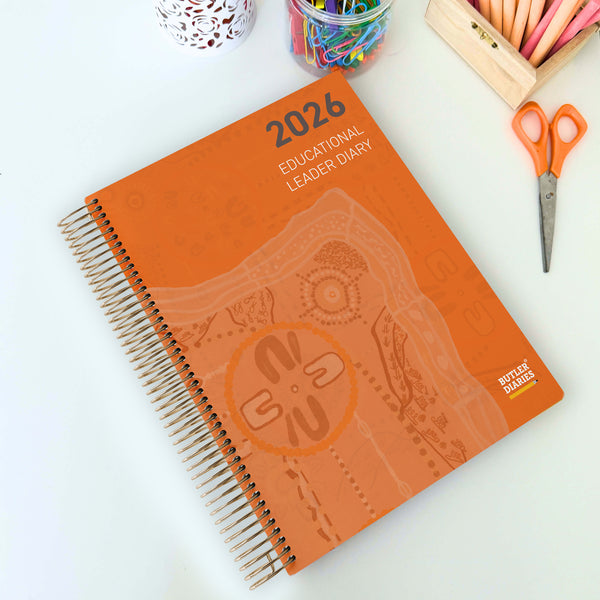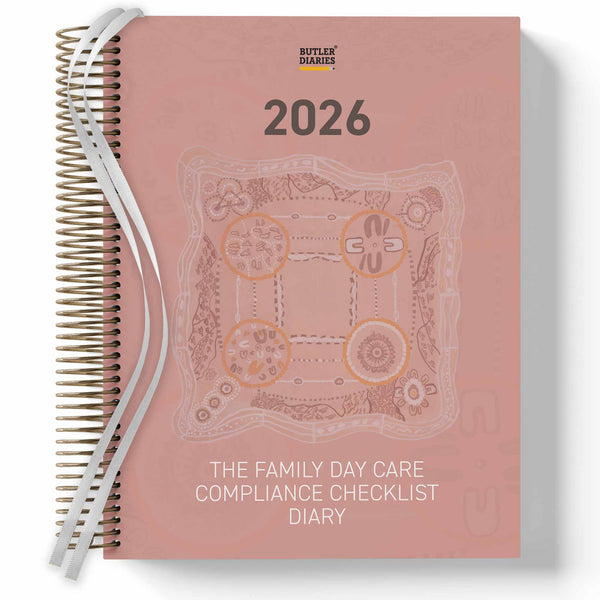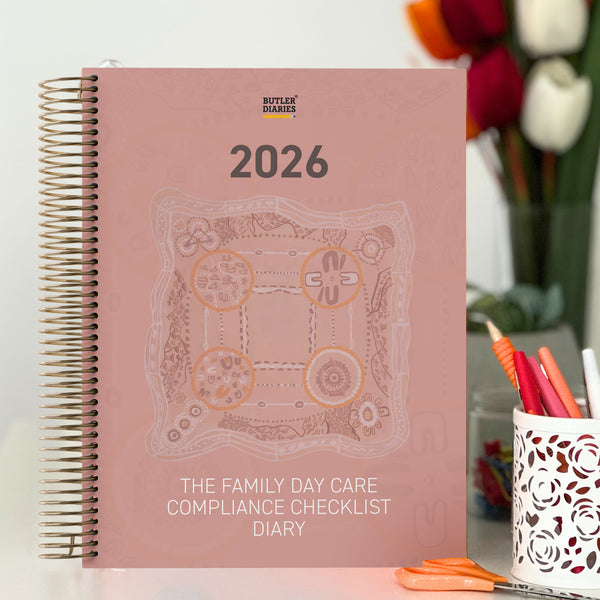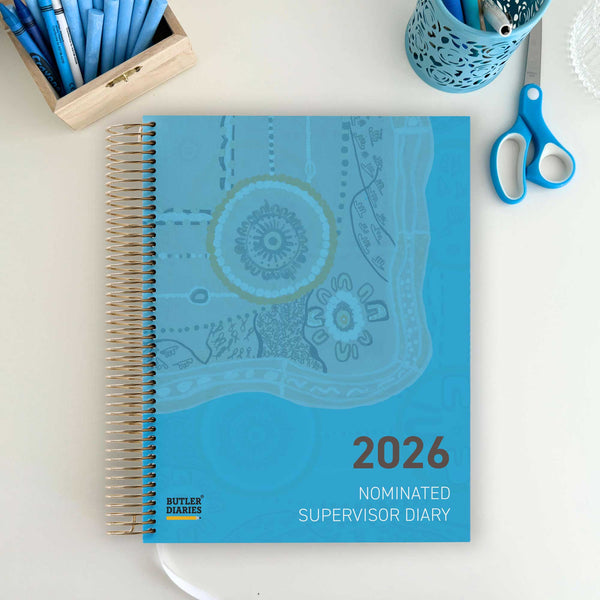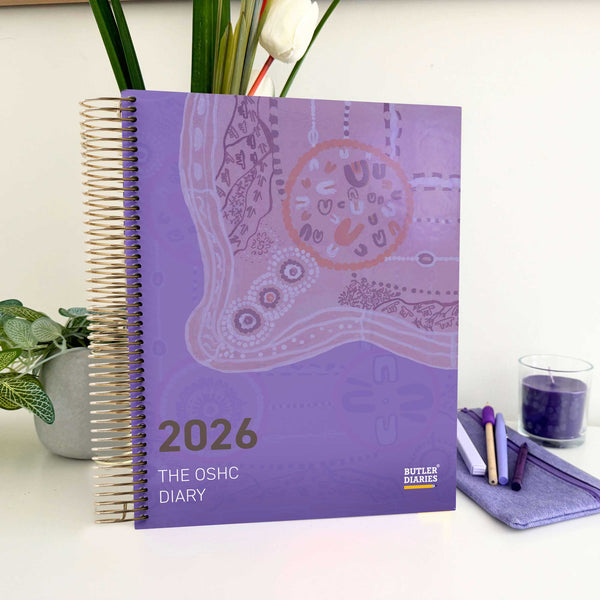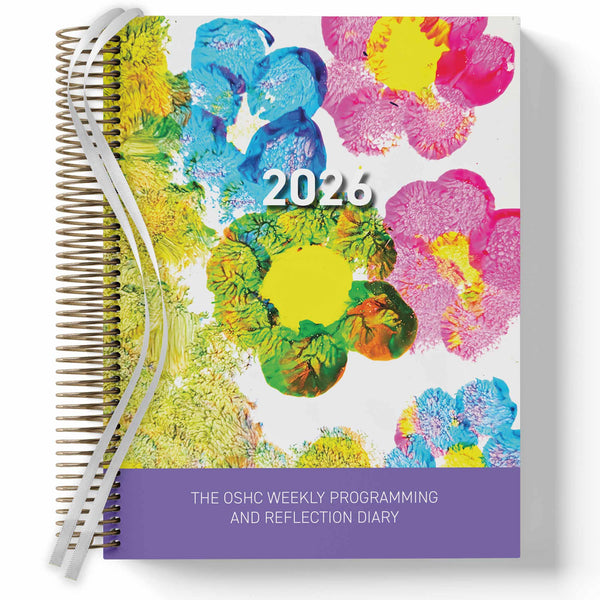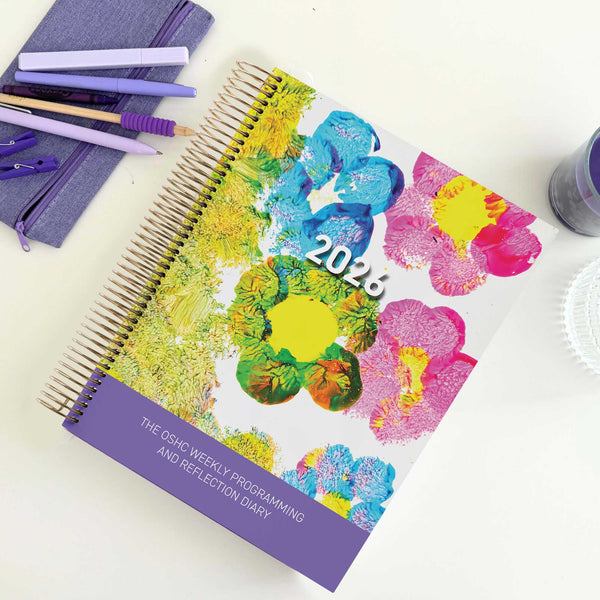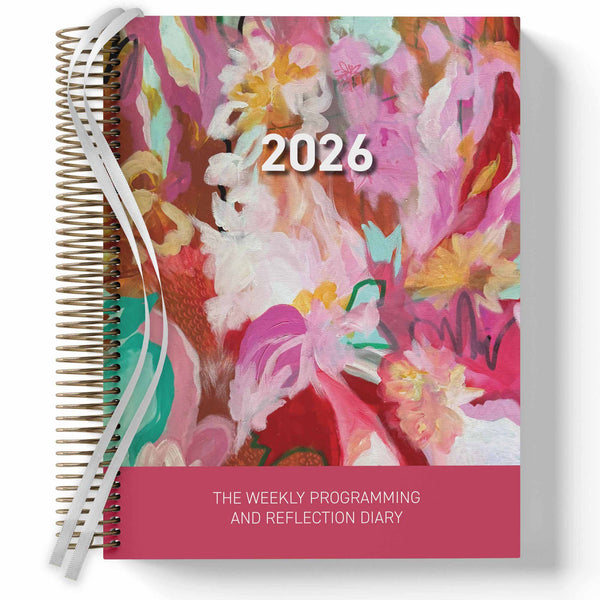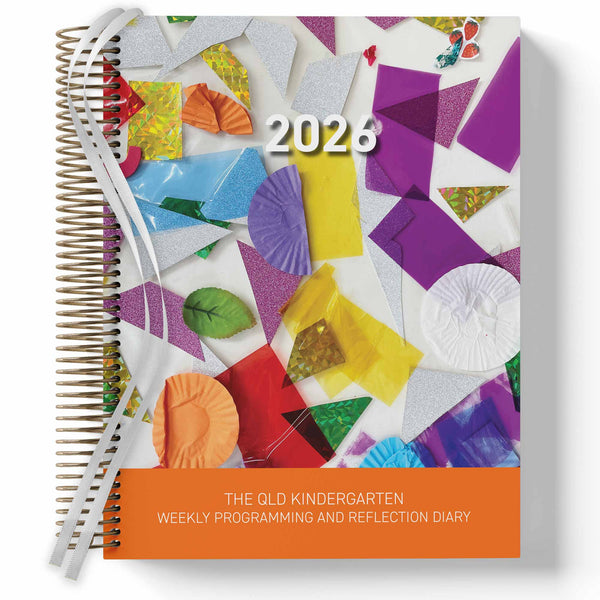Complying with educator-to-child ratios is a fundamental requirement for Early Childhood Education and Care (ECEC) services in Australia. These ratios ensure that children receive the attention and care they need for their safety, development, and learning. Maintaining compliance also reflects positively during Assessment and Ratings. Here’s a step-by-step guide to help your service stay on track.
1. Understand the National Quality Framework (NQF) Requirements
The NQF sets the educator-to-child ratios required for different age groups. The ratios vary depending on the age of the children and the type of service provided. Here’s a quick reference guide:
- Birth to 24 months: 1 educator for every 4 children
- Over 24 months and less than 36 months: 1 educator for every 5 children
- 36 months to preschool age: 1 educator for every 11 children
- Preschool age and older (OSHC): 1 educator for every 15 children (varies by state/territory).
Note: Ratios may differ slightly between states and territories, so always check your local regulations. You've also got a summary of educator-to-child ratios in your Directors and Office Diaries.
2. Conduct Regular Staffing Audits
Conduct frequent audits to ensure staffing aligns with enrolments and attendance. Consider:
- Peak times: Ensure sufficient staff during drop-off, pick-up, and meal times.
- Absentee cover: Have relief staff ready to fill in for sick or absent educators.
Use tools like staff rosters and attendance tracking systems to monitor ratios in real time.
3. Plan for Adequate Break Coverage
Educators are entitled to breaks, but these should not disrupt compliance. Plan for:
- Float educators who can step in during breaks.
- Scheduling lunch and rest periods strategically to avoid understaffing.
4. Use Technology to Monitor Compliance
Digital tools and apps can simplify ratio management. Some attendance tracking systems flag when ratios are at risk. Investing in such tools not only ensures compliance but also provides peace of mind.
5. Train Your Team
Educators need to understand ratio requirements and how they impact daily practices. Offer regular training that includes:
- Understanding ratio requirements for different age groups.
- Reporting when ratios are at risk.
- Managing group sizes during transitions (e.g., moving children between rooms).
6. Implement Effective Room Transitions
Children moving between rooms can affect ratios if not planned carefully. Strategies include:
- Scheduling transitions when staff numbers are stable.
- Using clear communication to keep all educators informed of changes.
7. Plan for Emergencies
Unplanned events, such as a staff member leaving the floor suddenly, can impact ratios. Have an emergency plan that includes:
- Clear protocols for calling additional staff.
- Assigning float educators to support when needed.
8. Maintain Accurate Records
Document your compliance efforts to provide evidence during audits or inspections. Record:
- Staff rosters with assigned rooms and shifts.
- Attendance logs for children and educators.
- Incident reports where ratios were affected and how you resolved them.
Your Directors and Office Diaries can help capture these records including who is the responsible person on the floor.
9. Conduct Self-Assessments
Use the Quality Improvement Plan (QIP) pages in your Directors and Office Diaries to review and refine your approach to maintaining ratios. Include:
- Regularly reviewing how well your service adheres to ratios.
- Addressing any gaps identified.
10. Stay Informed
Regulations and requirements can change. Keep up-to-date by:
- Subscribing to updates from the Australian Children’s Education & Care Quality Authority (ACECQA).
- Attending relevant training and workshops.
The Role of Documentation
Maintaining detailed, up-to-date documentation is critical in demonstrating your compliance. Diaries designed for ECEC professionals can help you track key information, including:
- Staff rosters and attendance.
- Room transitions and group sizes.
- Notes on emergency cover and ratio compliance during unforeseen events.
By incorporating these details into your daily practices, you’re not only prepared for Assessment and Ratings but also fostering a safe and supportive learning environment for children.
Staying on top of educator-to-child ratios is a shared responsibility across your team. With careful planning, effective communication, and the right tools, you can ensure your service consistently meets regulatory standards while delivering high-quality care.








